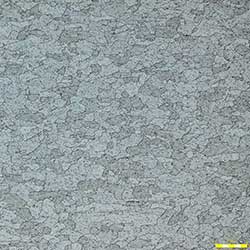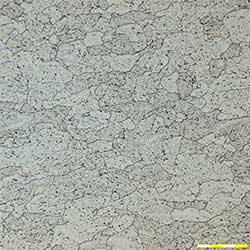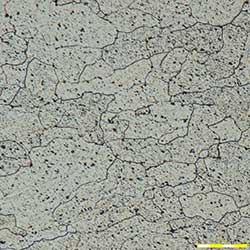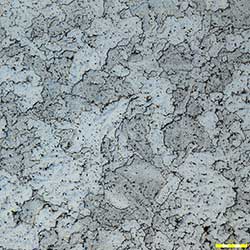Application
Heat treating certain metals can lead to the formation of abnormal crystals called dendrites. For example, when an ingot is drawn through a die to produce a bar with a specific diameter, the heat treatment conditions may be changed causing a differences in recrystallization between the center and the peripheral area of the bar. The result is that the grain size of the crystals in the center remains large and becomes solidified. These dendrites can cause an appearance flaws during surface treatment (one of the final steps in the manufacturing parts processes) or result in fatigue cracks when stress is concentrated.
Olympus' solution
Olympus' DSX1000 digital microscopes have a standard EFI (Extended Focal Image) function. EFI enables the user to utilize the fine focus adjustment to combine many images at different Z-levels to create a single, combined image that is completely in focus. With EFI, users can easily focus on any area, even for a sample whose entire surface cannot be focused because of fine surface irregularities caused by etching. In addition, the microscope’s high dynamic range (HDR) makes it easy to optimize contrast, simplifying particle profile measurements. These features enable users to evaluate the presence of and size of dendrites in aluminum alloy parts. The DSX1000 come equipped with most of the functions necessary for efficient metal structure inspection, so users can always select the best image generated using different techniques.
Effect on appearance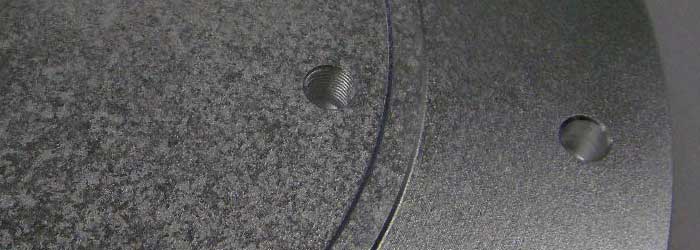
Non-defective metal structure crystallization: Differential interference microscopy | ||
|
|
|
Dendrites (abnormal crystallization): Differential interference microscopy | ||
|
|
|
